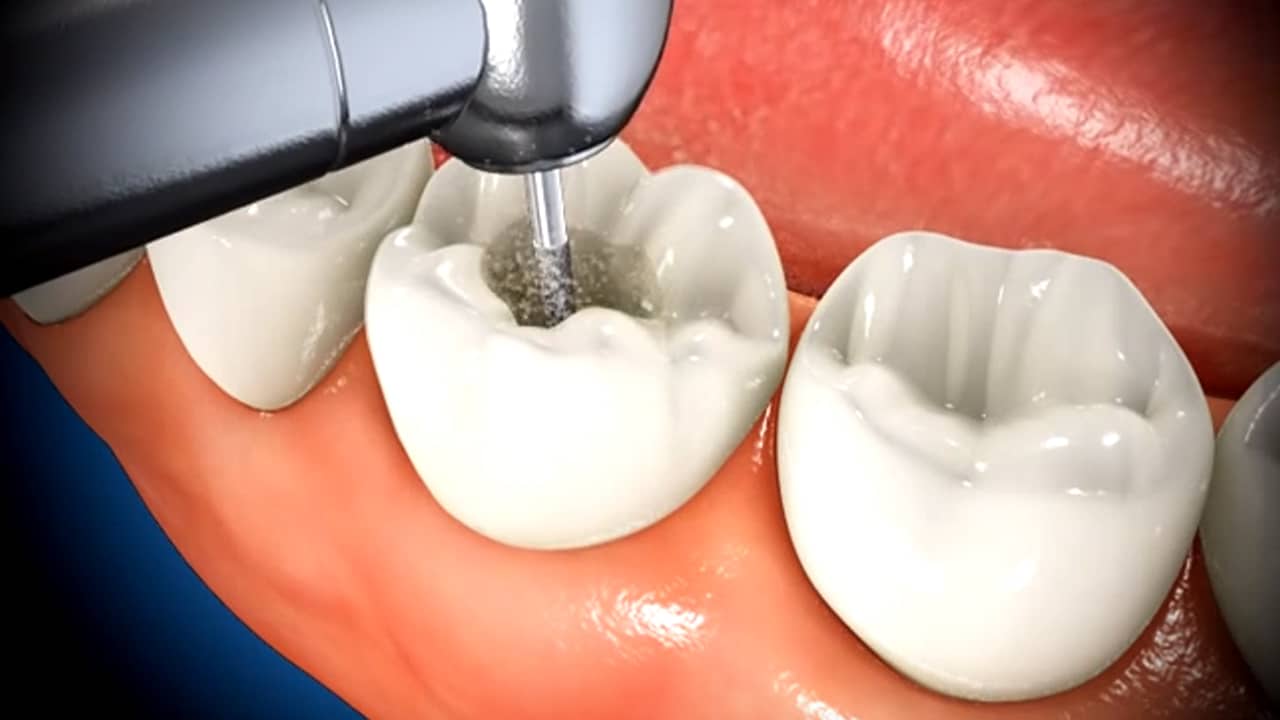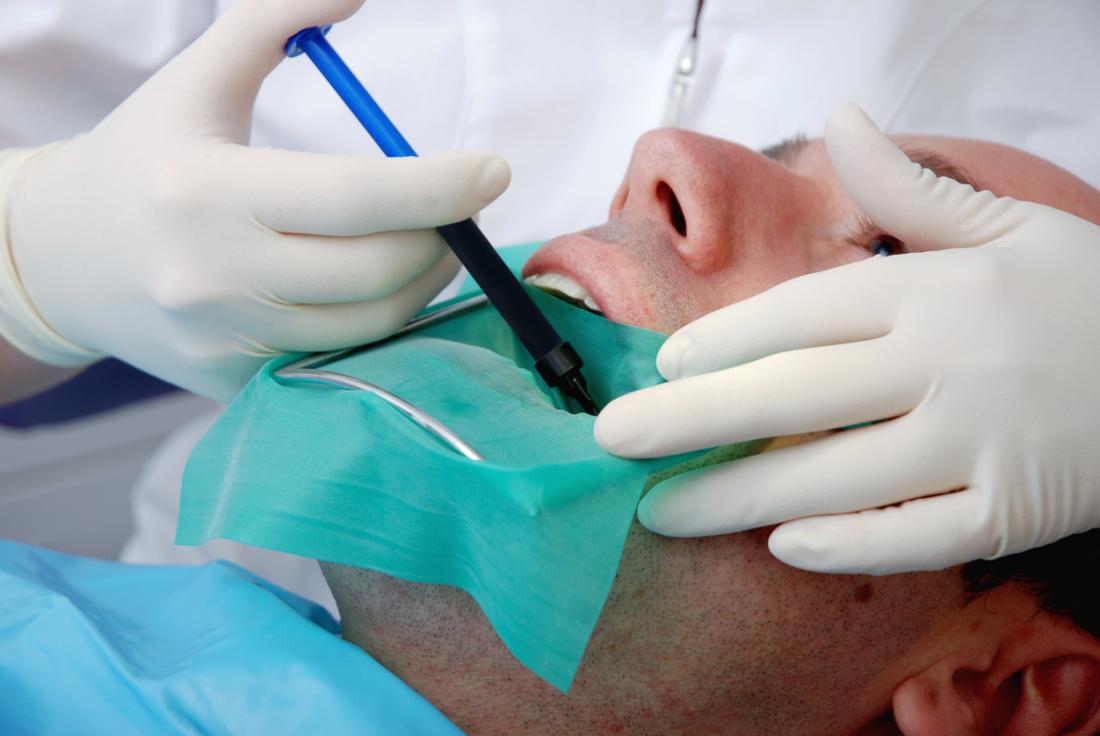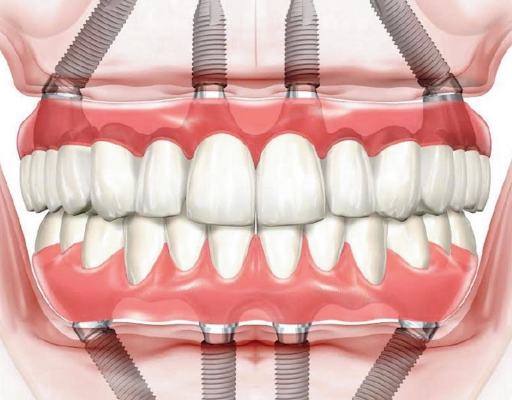The dreaded day will be there shortly! Your dentist has finally asked you to come by for the root canal procedure on your front tooth. All your life, you have been the brushing twice-a-day kind. Now, this. Well, there’s not much to worry about since, as challenging as you may think the procedure to be, it is far from the truth. Especially when the front tooth is concerned, the associated factors are reduced considerably.
Before you go in for the procedure, this medical write-up will give you a glimpse of the procedure, when you require it, a couple of things you need to know about the front tooth, and the aftercare that you will need.
Here’s noting down the details for you –
Table of Contents
What is the frontal tooth root canal procedure?
Before we get to the specifics of the root canal procedure on the frontal tooth – here is a basic idea. To kickstart this process, the endodontist drills a hole in the affected tooth to access the pulp and the canals associated with that area.
When it is done on the backside teeth, the hole is made at the top of the teeth (that is – the biting area). But in the case of the front tooth, this hole is drilled through the back side of the tooth to get access to the pulp area.
From there, the process of removing the pulp, treating it, and smoothening the same starts.
Now let’s try to understand the detailed procedure –
Step 1 – The first thing that will be done is – scan your teeth. This will give the complete idea of the extent of the damage, and also the number of sittings and the time required to heal the same.
Step 2 – When you go in for the root canal procedure – the infected area will be artificially numbed, and a layer of rubber (called dam in doctoral parlance) will be placed around the affected teeth to prevent its interaction with saliva or other dental chemicals.
Step 3 – Then, the endodontist will drill a hole, as mentioned before, through the enamel (the frontal tooth process has been mentioned beforehand) and will remove the affected portions (nerve tissues, pulp, and accumulated bacteria).
Step 4 – It may so happen that some remnants of the dead tissue would be left behind along the walls of the canal lining. The endodontist will scrub the tissues and widen the drilled hole to enhance the space. Then they will go ahead to clean this area with – either distilled water or sodium hypochlorite solution.
Step 5 – With all this done – the last step of this root canal procedure is filling that area with latex-based filler/polymer filler. Then the dentist will coat it with a seal.
Now here comes an issue.
If your procedure requires a single sitting, then the doctor will put in the filler and coat it with a permanent seal. If you require more than a sitting, then the endodontist will put in the filler and then temporarily seal it. After that, when you go back for the next round – then they will coat it with a permanent seal.
- Mostly doctors suggest eating soft food upto 12 hours post the procedure and taking special care for up to 7 days.
The process normally costs between $900 – $1500 (when paid out of pocket). This procedure is also part of most medical insurance.
Once you are done with that – you are free to smile and enjoy that scoop of ice cream as much as you may love.
With this, you have a better idea about this process. However, you still have some queries left – when do you need it, what complications may arise, and some facts and myths about the same. The next section of this content will answer your queries.
When do you need it on your front tooth?
For starters – there’s no need to worry, and your smile will remain as beautiful as ever! Now, getting to the point. If your dentist has prescribed a root canal procedure for your front tooth specifically, that implies – the presence of bacteria or even an untreated cavity in your dental pulp.
The dental pulp is the area where the blood systems, nerves, and dental tissues come and join. In case you are affected by periodontal disease or even some other untoward dental condition – your dental pulp itself may get affected (abscess is the formal term for the same). The root canal treatment will remove this dental pulp, thereby giving your teeth a new disinfected set-up.
#Just remember – Once this root canal therapy is over, you might find a change in the shade of your tooth. It may darken over time. You need not worry about the same.
What kind of complications may arise?
Though apparently there is nothing to be fearful of – but when you undergo a root canal procedure, you may come across certain complications such as – swollen dental area (from gums to other associated areas of the mouth and could go down to the neck), discharge of pus, aggravated sinus pain, or in some worst case scenario – a failure in the sealing.
You must remember that with the best of endodontists, the chances of any of these complications are at a minimum. Hence, you need not be scared before undergoing the procedure. On your part, you will simply need to remember to consult a noted professional when you are going in for the process.
What aftercare routine must you follow after the procedure?
Once done with the root canal procedure – here are some aftercare routines that you will have to follow for earlier recovery.
- For the first week after the procedure, you must rinse your mouth every time with an antiseptic mouthwash. This will prevent the immediate re-growth of bacteria.
- You will have to both brush and floss your teeth – a minimum of twice a day (if you can follow this routine every time you have a meal for one week, that would be most effective).
- In case you notice any untoward change in your mouth or any additional discomfort, you must consult your dentist immediately.
Did you know this about the root canal procedure?
Since there is still time for your root canal process to happen, it is time you check out these details. We bet you did not know that –
1. The number of root canals in front teeth is less
For the record – the number of root canals on the frontal side of the mouth is much less than on the backside of the mouth. This automatically reduces the healing time. Therefore, you do not need to get scared about this therapy.
2. If you do not undergo the treatment, you could lose a tooth.
For all those who think (including you) that a root canal procedure may be delayed and that too as long as you wish, needs to comprehend – it could lead not just to loss of the tooth but also cause damage to the surrounding bone, teeth of the adjacent areas and the gum tissues. Also, you wouldn’t know, but – if this is not treated in the correct manner, it could also lead to problems in the brain or even the heart.
3. It is not necessary to crown a front tooth always
Though most doctors suggest crowning the front tooth after root canal therapy, this is not necessary. It is no doubt better for healing, but not mandatory. This is simply because – the front tooth is not much involved with the biting and chewing process; hence it may heal even without the crowning.
Additionally, crowning the frontal tooth is not always aesthetically appealing. With time the frontal tooth will change the shades. But the crown will remain as before, thereby creating a mismatch.
Are there any myths about the root canal procedure?
You must have heard these things about root canal therapy –
1. It is a very painful process
Maybe it was in the past, but not currently. The anesthetics and the upgraded technology have eased the tension comparatively, and the endodontists ensure that the patients do not have to incur too much pain during the process or even post the therapy.
2. It is better to pull the tooth than following the procedure
This is another thought that you may have come across. For starters – this is nothing but a myth! You must always save your natural tooth, come what may. Compared to previous times, endodontic treatments in current times have a high success rate; hence, you will not require to pull out the tooth, whatever the condition of the same.
3. It causes other illness
This is supposedly another of the statements that you may have heard, which is why you are all the more scared to go in for the procedure. However, there is not an iota of truth in it, and neither any scientific validation to support this claim.
These are some of the biggest myths about this. Therefore, do not worry about the procedure and go ahead with it.
Wrapping up
We hope by reading this write-up, you can get a basic idea about the root canal procedure on your frontal teeth. If you still have some queries, you can always write them down in the comments section. In case you are looking for more updates like this, keep following this page.
Monalisa Mukherjee is a content writer, copywriter and editor with 4 years of experience. She has written for websites like Biography Talk, The Rich Net Worth, Contour Cafe, He And She Fitness and Fiction Pad. She is currently associated with a noted Digital Marketing Agency and specialises in writing press release, guest posts, articles on travel, entertainment, food recipes, celebs, lifestyle, tech, health, and fashion.








